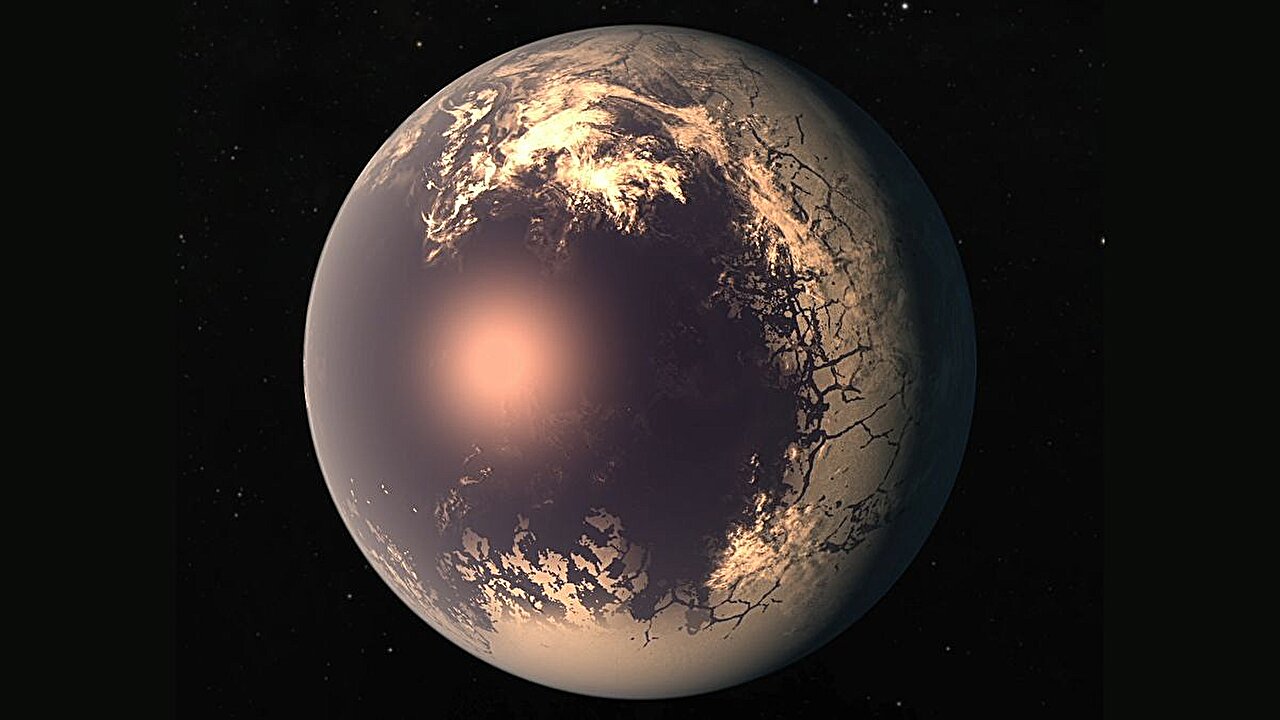One of the things that scientists are actively studying by researching red dwarfs is their atmospheres, which strongly influence their surface temperatures. However, astronomers have now discovered that gas shells can “hide” from them.

Red dwarf planets
Scientists recently published a new study that suggests the atmospheres of some exoplanets orbiting red dwarfs may be hiding from their eyes. And this topic is truly extremely important to understand how suitable space is for the existence of Earth-like life.
The fact is that approximately 75% of all stars in the Milky Way are red dwarfs. And it also means that planets should be searched for in the orbits of these small luminaries, sometimes a little larger than Jupiter. Particularly, this is true of Earth-like worlds as well.
And red dwarfs have one interesting feature here. Owing to their low luminosity, the zones in which a planet can receive exactly as much heat as Earth are very close to them. This means that even if we are dealing with a small rocky world, there will be powerful tidal forces acting on it, synchronizing over billions of years its 24-hour and annual rotation.
The planet will be facing the same side to the star all the time. And many people here conclude that such worlds are absolutely without prospects for the emergence of life. After all, one side of them must turn into a glowing desert and the other into an icy inferno.
Exoplanet atmospheres
However, the planets’ atmospheres come in the way of being as described above. Gas shells absorb heat on the day side of the planet, they have pressure inequalities in different regions, and currents appear between them, which balance out the temperature.
The suitability of a red dwarf planet for life is determined by its atmosphere and thickness. Therefore, scientists are looking into them, trying to find out how thick the gas shell is. It’s not easy, but there is one way.
We can look at the planet as it passes between us and the star. Then we can see its night side and can measure its temperature. Next, the same can be done as it prepares to hide behind its sun. This will be its daytime side.
Comparing the two temperatures, it is possible to know how powerful the atmosphere is and to conclude about viability. And a new study is out here that suggests that sometimes the results can be wrong.
A dense layer of clouds on the night side may reflect most of the heat. The planet appears to be non-atmospheric, although it does have a gas envelope.
According to phys.org


